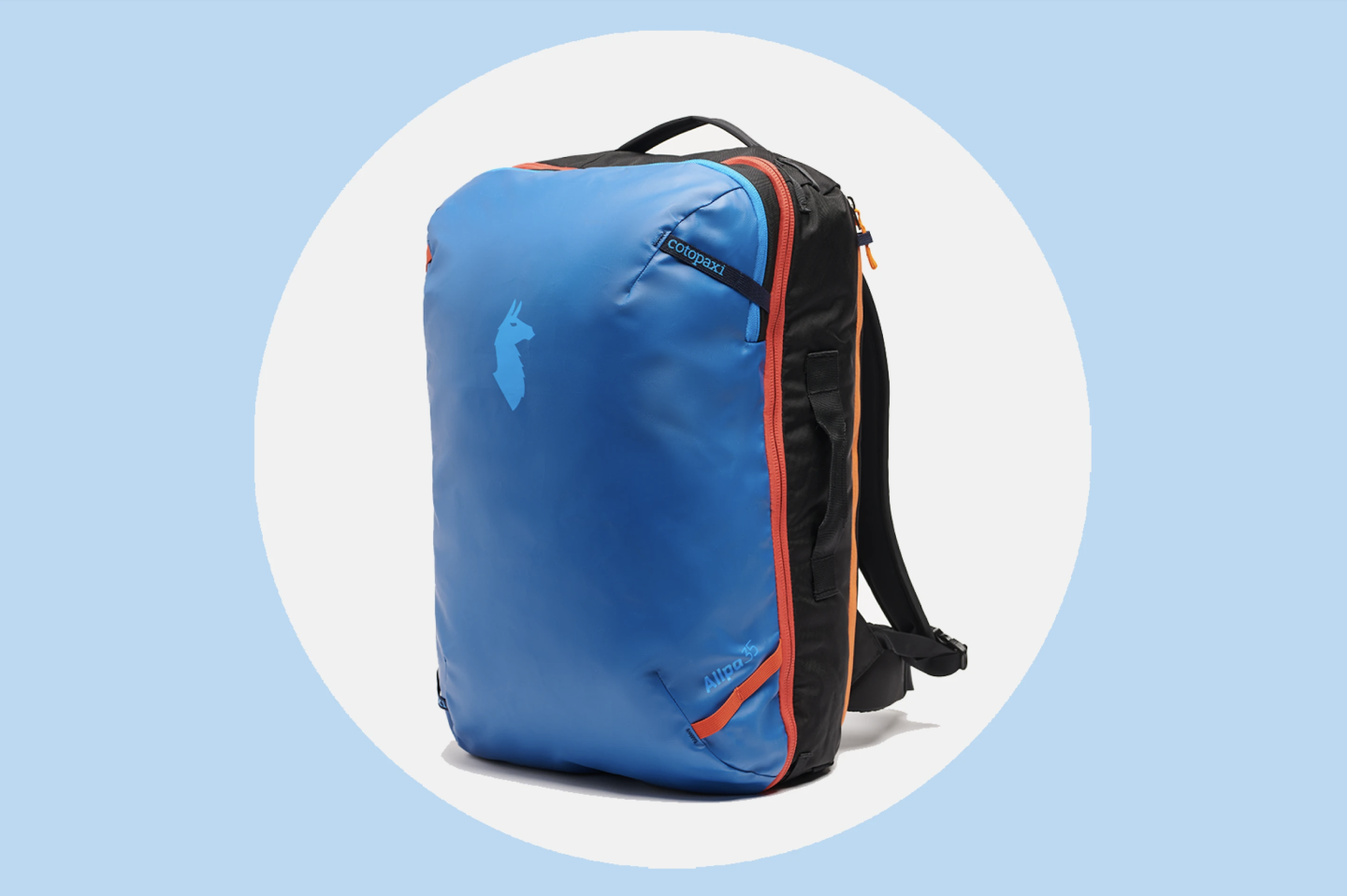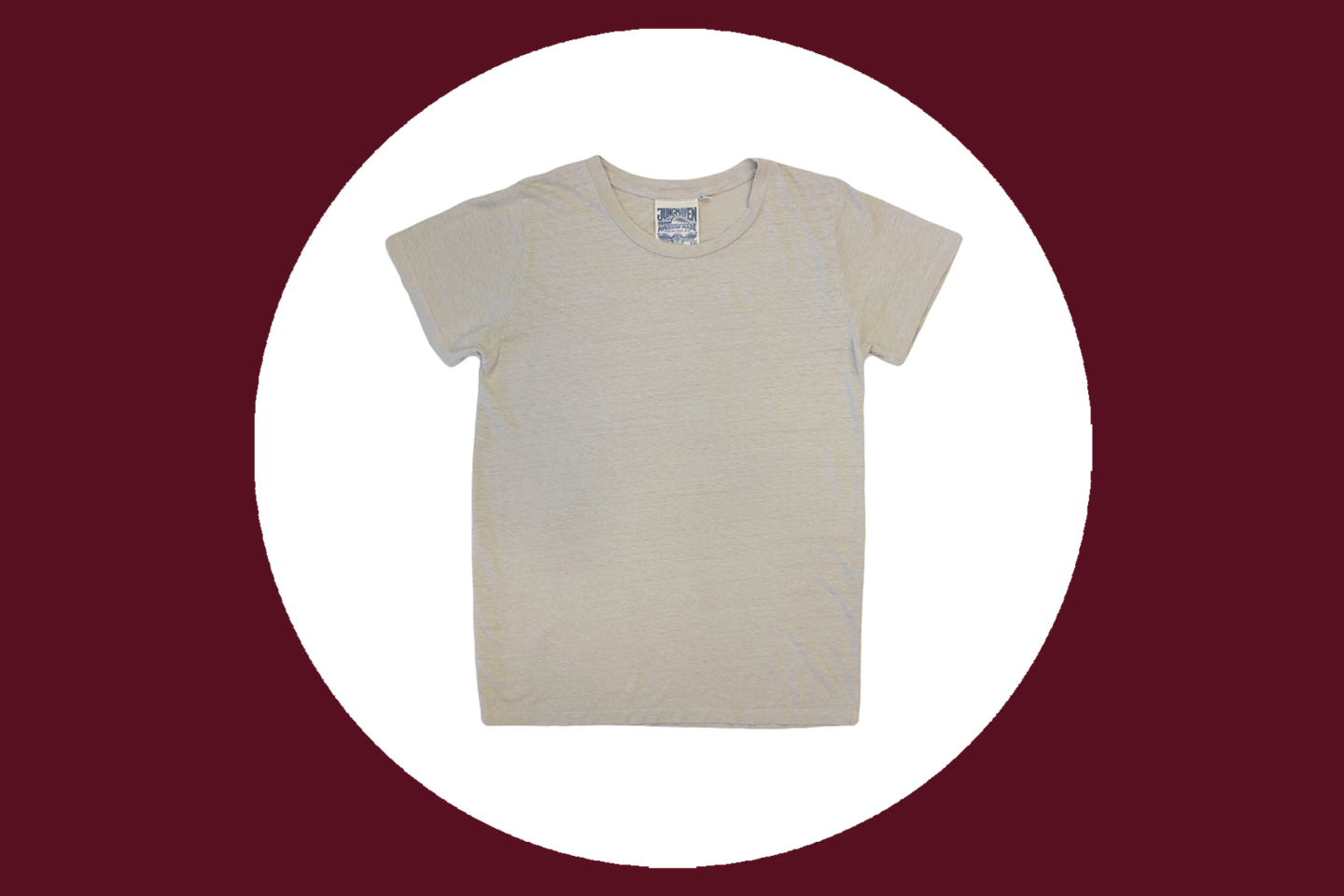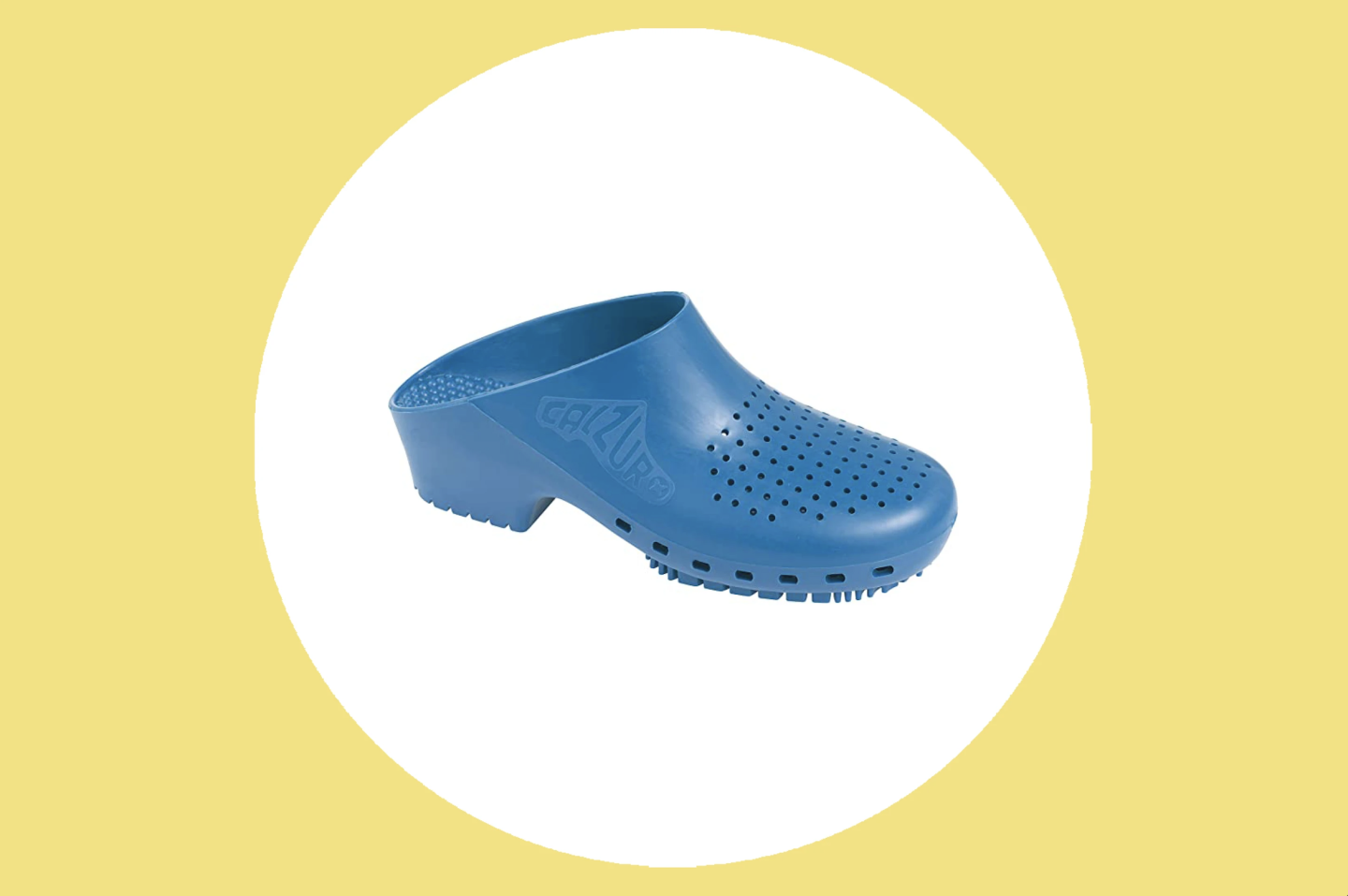The Only Peru Packing List You’ll Ever Need
8 min readAt 496,225 square miles, Peru is the third-largest country in South America and the 19th-largest in the world—almost twice the size of Texas. It is a country of extraordinary diversity, from the Amazon rainforest to the ancient Incan citadel of Machu Picchu. And then there’s the dining and nightlife.
But all of that can pose a problem when you’re packing. What do you absolutely need to be prepared without being overprepared? To answer, here’s Afar’s essential Peru packing list, complete with packing tips.
Luggage and organizational accessories
Most tour companies don’t restrict the amount of luggage you can bring, but if you are doing any multiday hikes or trips outside of cities, a larger backpack or duffel is your best bet. Same goes for the Amazon: You’ll likely be traveling by small rickshaw to narrow, low-lying riverboats, and soft-sided waterproof bags are best (both for ease of carrying and for protection from the elements).
There is no shortage of worthy travel backpacks out there. But the Cotopaxi Allpa 35L is my go-to travel bag—a carry-on, duffel, and backpack all in one—and it weighs a mere three pounds. This summer, the brand debuted a slightly larger version (38L) with wheels, which is an excellent option for those wanting to avoid carrying a bag on their back. A packable day pack or tote, like the Baggu Cloud Bag, is also good to bring.
When packing, I also used packing cubes to help divide my trip into the parts I knew I’d need certain clothes for: fancier in Lima and Cusco, and outdoor gear for Machu Picchu and the Amazon.

The Cotopaxi Allpa comes with a dedicated pocket for easy laptop removal in security lines.
Courtesy of Cotopaxi
Essential travel documents
Peru requires preregistration for tours of Machu Picchu, so booking before you travel is essential. (Once tickets are purchased the Ministry of Culture site, these dates and times cannot be changed, though you can buy as many entrance tickets as you want.) Bring printed copies of your tickets along with your passport; access to the site will not be granted without them.
A complete list of what to bring of what to bring on any trip to Peru:
- Passport
- Confirmation information for any flights, trains, or tours you take—these are often electronic documents, so make sure they are accessible on your mobile device or any relevant apps. If you are traveling somewhere with limited electricity and signal, like the Amazon, download and screenshot important documents on your devices, and be sure to have printed copies.
- Emergency documents, such as your health insurance card, travel insurance information, and emergency contact
- Cell phone
- Wallet with credit cards and cash. The sol is the currency of Peru, and bills are produced in 10, 20, 50, 100, and 200 soles. Many market vendors only accept cash, as do people selling wares on the side of the street, so it’s best to carry Peruvian soles with you. (And to have smaller bills, like 10s and 20s, which are easiest for smaller businesses to handle.) For the best rates, exchange dollars into soles on the ground in Peru. Head to a bank in Lima or Cusco and look for cambistas, or money changers, standing near the entrance by security guards. These men are wearing bright vests and will give you an exchange rate better than what you’ll get at a bank—just make sure the bills are not torn or marked.
Casual and active clothing to pack
Layers are your best friend in Peru, where temperatures and weather conditions fluctuate.
- 3–4 shirts and T-shirts for everyday wear, like the Lorel Tee from Jungmaven, which arrives feeling soft and worn in
- 1–2 tops or shirts for casual evenings
- 2–3 pairs of pants or shorts for everyday wear
- 1–2 pairs of pants for hiking, like the lightweight but durable Snow Peak FR Stretch Pants, which are water-repellent and have several hidden pockets and adjustable elastic at the ankles
- 2–3 shirts for hiking. We’re fans of Outerknown’s long-sleeved sun shirts, made from recycled polyester and with UPF 50+ sun protection.
- 1–2 sweaters—it can get chilly when the sun sets, so bring a sweater or two. Patagonia’s Better Sweater Fleece Vest is wonderful for layering.
- Pajamas and loungewear
- Underwear and socks (for both hiking and everyday)
- A light hiking jacket or vest, like Helly Hansen’s breathable Fastpack Jacket
- A light rain jacket. Weather can change on a dime; be prepared.

Jungmaven tees arrive feeling blissfully broken in.
Courtesy of Jungmaven
Dressier options to pack
Peru has some of the finest fine-dining restaurants in the world, including Kjolle, Maido, and Central; though there is no official dress code, most diners skip the shorts and wear smart-casual outfits. When packing, I chose outfits that could be dressed up or down, and could work as well for formal evenings as for a daytime café.
- 1–2 dresses or skirts
- 2–3 blouses
- 1–2 pairs of slacks
- 1 nice jacket or blazer
Eileen Fisher Crushed Silk Jewel Neck Tiered Dress
Just as items in the overhead bin tend to shift during flight, clothes tend to become wrinkled after they enter a bag. The good news about this dress is that thanks to its crushed-silk material, wrinkles aren’t apparent—instead, they seem a part of the design. I got this dress in the Aegean color, fitting the bill for my friend’s wedding instructions to wear something colorful, but also giving me a dress I could wear for dinner service on the Belmond Andean Explorer, which I took from Cusco to Puno, a city on Lake Titicaca.
Silk Laundry Audrey Top and Bias Cut Pants
A not-so-secret secret to packing? Items that will do double duty for you—and this set is a perfect example of that. Made of silk with a mud pattern (an homage to a UNESCO-recognized dyeing technique from the Hakka people of Southeast China), it was equally at home paired with some walking shoes and a baseball hat as it was out to an early dinner at Mauka, Pía León’s second (and newest) restaurant in Cusco. Hang it in the shower, and the wrinkles disappear.
Jungmaven Hermosa Dress
On its own, this lightweight travel dress—made of hemp-jersey blend, and with a generous side slit for comfortable movement—is perfect for lounging around a lodge, bumming on the beach, or even wearing to bed. But paired with a clog and a summery jacket, it goes from simple to sophisticated.
Footwear
Historic cities like Cusco have worn cobblestones, so it’s best to pack shoes with a strong grip that can be dressed up or down, like the Salomon XT-6. Though lodges in the Amazon will supply boots for the mud and rain, having a pair of lightweight hiking boots is essential for trips in the Sacred Valley. And, as good for pairing with a dress as they are for sliding on and wearing around a lodge, travel clogs—which I’ve already waxed poetic about for Afar—are a versatile option. For my trip I brought the slim Calzuro classic clog, with a 1.5-inch heel and strong grip.

Calzuro clogs are available in more than a dozen colors, including the royal blue seen here.
Courtesy of Calzuro
Accessories
- A sun-protecting cap or hat. I love the AFO Hyperlight Cap from Janji, which is practically weightless and ready for the road—you can fold it, scrunch it, or toss it in your bag and it will come out as good as new.
- Polarized sunglasses, like the Maho Positano shades, to reduce glare from intense sun
Toiletries
- Toothbrush and toothpaste
- Deodorant
- Skin care products and other lotions
- Eye drops and contact solution, plus contact solution case (if needed)
- Shaving items
- Feminine care products (if needed)
- Tweezers
- Sunscreen. Opt for reef-safe sunscreen like Thinksport or Australian Gold Botanical sunscreen—Hawai‘i and an increasing number of other destinations are banning sunscreen with toxic chemicals, including oxybenzone and avobenzone. Vertra, known for its mineral face sticks, is popular with swimmers, including 12-time Olympic medalist Natalie Coughlin.
A basic first-aid kit
While you will be able to purchase first-aid supplies around Peru, chances are they’ll be more expensive than whatever you’d get at home. Even if you don’t think you’ll have a problem with motion sickness, consider tossing a pack of ginger chews into your bag just in case—they help with nausea. (Read more about how to beat motion sickness here.)
Altitude sickness is common in Peru, where altitudes average 5,100 feet (similar to Denver); popular areas like Machu Picchu (7,970), Cusco (11,155), and Lake Titicaca (12,500) are even higher. Before your trip, talk to your doctor about Diamox. Nonmedical treatments on the ground in Peru—like chewing coca leaves or drinking coca tea—are ubiquitous but bringing coca leaves back to the United States is against the law.
- Painkillers
- Any medications or sleep aids you take
- Allergy medications
- Anti-nausea medications, like over-the-counter Dramamine, or prescription medications, like the Transderm-Scop patch
- Antidiarrheals
- Bandages
- Antibiotic ointment
- Hand sanitizer
- Cleansing cloths. These are helpful for when there’s little to no running water and you still want to wipe off some of the sweat—and bug spray—from the day before crawling into bed.
You may also want
Travel gear and electronics
With more and more destinations banning single-use plastics, it’s an increasingly good idea to BYO water bottle on any trip. We recommend bringing a water bottle for regular use and hikes—it’s especially important to stay hydrated, both in tropical places where you’ll sweat a lot and at high altitude. Water in Peru is not potable, and there will generally be signs reminding you of this, but hotels will have disposable water bottles and you can fill up that way, rather than lugging the plastic and wondering where to dispose of it.
- Reusable water bottle
- Travel coffee mug. The Fellow Carter Move mug is excellent. With a snap-in splash guard, it keeps drinks warm for 12 hours or cold for 24 hours. Toss it in your bag and go.
- Laptop or e-reader
- Chargers
- Power bank
- Universal travel adapter
Note: Given the remoteness of some locations in Peru, it’s best to download books and movies ahead of time.
You may also want
- Camera
- Beach blanket
- Binoculars. The Bushnell Legend 10x42mm Binoculars are a good entry-level set.
- Headlamp. Practically essential for nighttime in the Amazon, when many lodges only have electricity for several hours and when headlamps or flashlights are required for navigation. The lightweight BioLite HeadLamp 800 Pro has eight different modes—including dimmable white spot, dimmable white flood, red night vision, and strobe—and will last about 7 hours on max power or up to 150 hours on low brightness.



